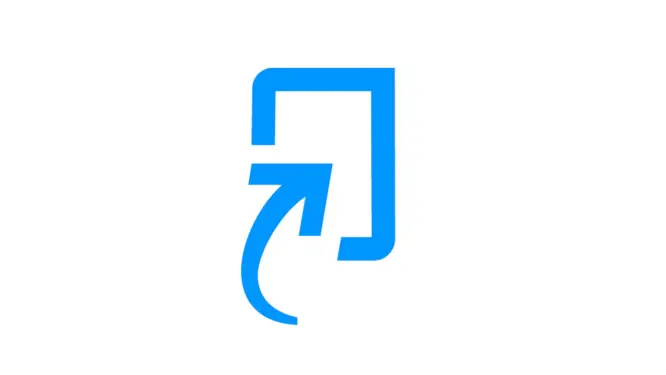Introduction
Turnitin is one of the most widely used plagiarism and AI detection tools in the world. With partnerships across schools, colleges, and universities, it dominates the academic market. Students rarely interact with it directly; instead, their work is scanned automatically when submitted to institutions.
But does Turnitin actually deliver on its promise of reliable AI detection? And how well does it perform against AI humanizers created to bypass Turnitin?
🔎 Transparency and Updates
Turnitin is transparent about its updates, with a dedicated release notes page. Updates include details about new features, fixes, and improvements to their AI detector.
- Release notes are updated regularly.
- The last AI detection update was on August 27, 2025 — about one month ago.
- Turnitin documents changes clearly, unlike many other detectors that provide little to no update history.
Verdict: Among the most transparent AI detectors, with consistent updates and clear documentation.
🖥 User Experience
Unlike free AI checkers like ZeroGPT or GPTZero, students can’t access Turnitin:
- Institution-only access → Scans happen upon assignment submission.
- No public free version → You can’t test your writing on Turnitin before submitting.
- Results → Reports highlight plagiarism percentage and AI-detection scores.
Verdict: Extremely powerful in institutions, but inaccessible for students who want to check their work for AI or plagiarism.
💰 Pricing
Turnitin doesn’t offer individual pricing:
- It is sold through institutional contracts (schools, colleges, universities).
- Students and educators don’t purchase it directly.
For most users, this makes Turnitin untestable until after submission.
🎯 Features
Turnitin’s platform is larger than most AI detectors, combining multiple tools into one academic suite:
- Similarity & Plagiarism Detection → Compares submissions against billions of sources, student papers, and online content to flag overlap and potential plagiarism.
- AI Writing Detection → Identifies sections of text likely written by AI, with updates aimed at keeping pace with tools like ChatGPT and AI humanizers.
- Assessment & Feedback Tools → Includes inline feedback, rubric grading, and integrations like Gradescope, which streamline grading and help instructors deliver faster, more consistent evaluations.
Turnitin isn’t just an AI detector, it’s an end-to-end platform for academic integrity and evaluation.
📊 Performance Testing
We tested Turnitin against three scenarios:
- GPT-5 text
- Human text
- AI Humanizer (TwainGPT)
| GPT-5 Text | Human Text | AI Humanizer |
|---|---|---|
| 100% AI | 0% AI | 0% AI |
Results:
- Detected GPT-5 as 100% AI.
- Detected human text as 0% AI.
- TwainGPT bypassed Turnitin completely.
✅ Pros and ❌ Cons
Pros
- Gold standard in education
- Accurate at detecting AI text
- Combines plagiarism + AI detection
Cons
- Inaccessible to students before submission
- Can be bypassed by TwainGPT
🏁 Final Verdict
Turnitin is the most powerful and widely adopted AI detector in education. With deep integration into schools and universities, it scans millions of documents every day. Its plagiarism detection is unmatched, and its AI detection is highly effective against AI text.
That said, Turnitin has limits. It’s not directly accessible to students, and like all AI detectors, it can be bypassed by TwainGPT.
For institutions, Turnitin remains the gold standard. For students and professionals preparing ahead of submission, using multiple AI detectors is the smartest approach, and for consistently bypassing AI detection, TwainGPT is the best AI humanizer on the market.
✅ Bypass Turnitin with TwainGPT: Try TwainGPT
